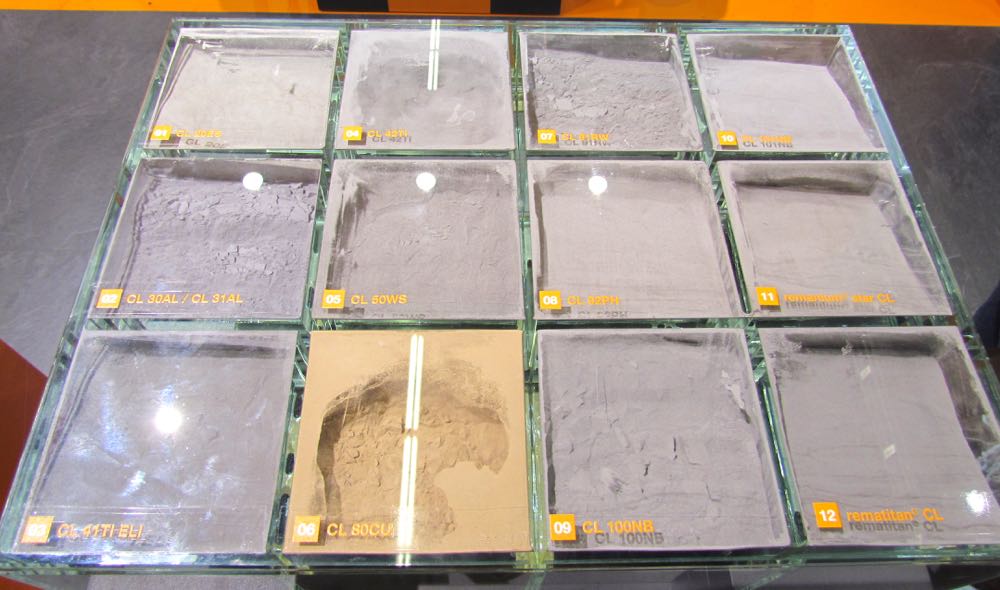
With strong and growing interest in using 3D printing in industry, what’s holding things back?
There are many possibilities, including:
- Lack of capital to switch plant operations, which includes not only equipment purchase but also training and process change
- Perception of inapplicability for using 3D printing to produce the company’s products
- Existing competitors are not yet taking advantage of 3D printing technology, removing an incentive to change
But I believe there is one factor that is so fundamental to the exercise that it could be the key “plug” that’s holding up the show: the cost of materials.
In metal 3D printing, the cost of powders is fantastically higher than the raw materials from which they are made. A kilogram of titanium powder, for example, could cost up to USD$500. If you’re making 50 500g metal objects, not an unreasonable number for a small production run, that will cost you USD$12,500 – just in materials. Remember that this type of production run might be something you expect to do every day of operation, leading to perhaps annual costs of literally millions of dollars.
If your company has an expense of millions, you’d better be making a lot of money per unit to get it back.
This, I think, could be the major factor a company measures when considering a switch to 3D printing technology. Typically a business manager would say something to the effect of: “why should I spend money to change my process if I don’t see any benefit by doing so?”
In other words, the business must have a clear incentive to spend the effort to make the switch. Switching, as I mentioned earlier, can be an expensive operation. That expense has to have a benefit, like “lowered costs”, or “able to make new products we can actually sell”.
Would the answer be positive if you are paying USD$500 per kg of material? Maybe, but at that price level the number of product options drops significantly.
What if the price of metal powder was significantly lower? There have been some experiments in this area, as pointed out by Fabbaloo commenter Colin Keizer, who suggested that far less expensive materials could be on the way.
For companies currently producing metal powder, there’s little incentive to lower the costs as I am sure they’re making plenty of cash selling to more-or-less captive clients using specific equipment requiring their powders.
But if less expensive materials became available, I suspect the 3D metal printer manufacturers would quickly switch material providers as they would be able to sell more machines. Not good news for the existing powder suppliers, however.
Where there’s too much revenue being made, there will be new technologies emerging to address it sooner or later.

